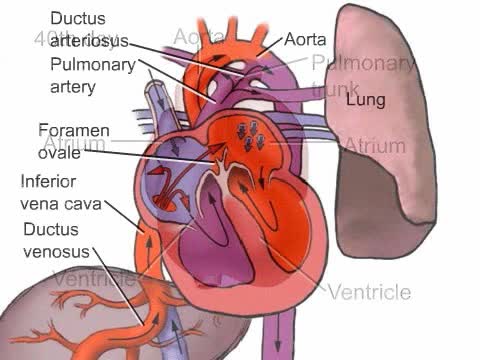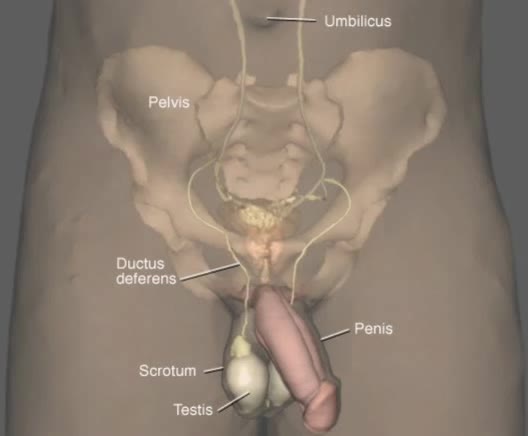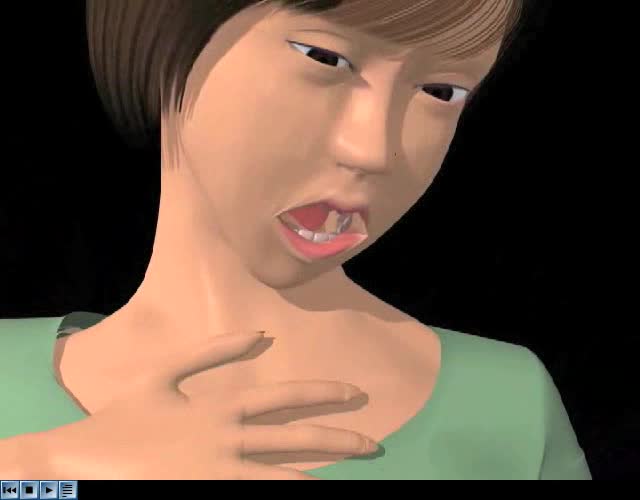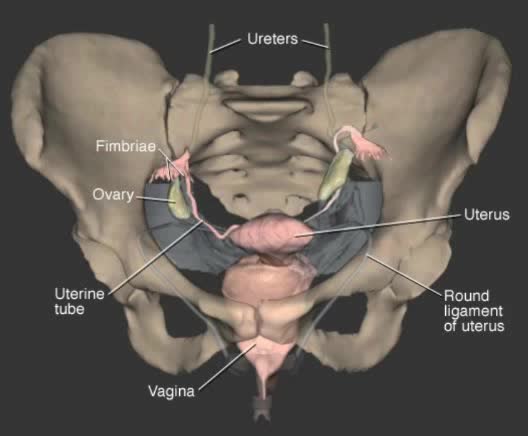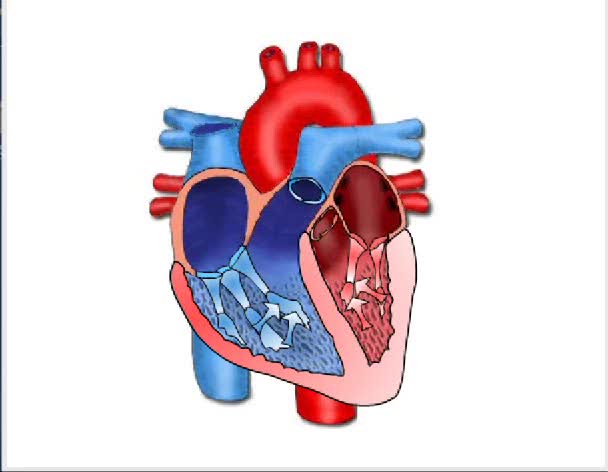Search Results
Results for: 'Somatic nervous system'
Fetal Development of the Cardiovascular System
By: Administrator, Views: 14371
How the heart develops in the uterus.
By: Administrator, Views: 456
The male pelvis is shaped like a funnel, forming a narrower outlet than the female. The bones are generally thick and heavy and more suited for lifting and running.
By: Administrator, Views: 14497
Anaphylaxis is a serious, life-threatening allergic reaction. The most common anaphylactic reactions are to foods, insect stings, medications and latex. If you are allergic to a substance, your immune system overreacts to this allergen by releasing chemicals that cause allergy symptoms.
Negative Feedback Regulation of Blood Pressure
By: HWC, Views: 11658
stimulus • Blood pressure determines the flow of blood to and from capillaries. • Low blood pressure results in reduced blood flow. • High blood pressure can cause blood vessels to break. Baroreceptors • The aortic arch carries blood to the body. • The common carotids ca...
By: Administrator, Views: 1542
The female pelvis is shaped like a basin; can be oval to round, and is wider than the male pelvis. Designed to accommodate the average fetus during pregnancy and to facilitate its downward passage through the birth canal during childbirth.
By: HWC, Views: 11720
• The respiratory system is responsible for the movement of gases involved in cellular metabolism. • Oxygen is used up and carbon dioxide is generated during the aerobic breakdown of glucose and other fuel molecules in order to produce ATP. • Three important continuous physiological pro...
By: Administrator, Views: 15371
Hemodynamics is the dynamics of blood flow. The circulatory system is controlled by homeostatic mechanisms, such as hydraulic circuits are controlled by control systems. Hemodynamic response continuously monitors and adjusts to conditions in the body and its environment.
By: Administrator, Views: 14430
Allergic rhinitis, also known as hay fever, is a type of inflammation in the nose which occurs when the immune system overreacts to allergens in the air. Signs and symptoms include a runny or stuffy nose, sneezing, red, itchy, and watery eyes, and swelling around the eyes. The fluid from the nose...
Primary and secondary response to infection
By: HWC, Views: 11530
• Pathogens enter the body by penetrating the non-specific barriers in the skin and mucus membranes. • Pathogens first encounter macrophages and natural killer cells that carry out phagocytosis and cytolysis respectively. • A pathogen's first encounter with the immune system can promo...
Advertisement



